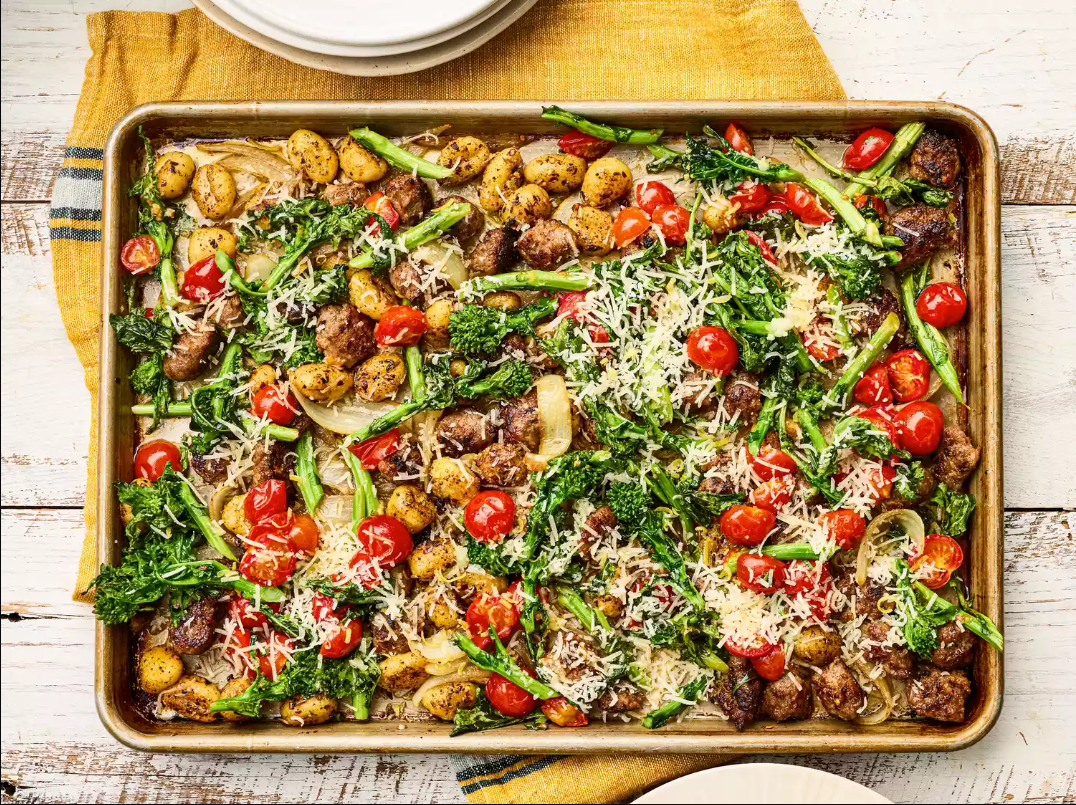8 Questions to Ask Yourself About Your Car Insurance
Make sure your car coverage reflects your needs and budget
The vehicle you own, your personal priorities and your budget all factor into your unique auto insurance needs. Before comparing policies and insurers, evaluate how you use your car and what risks you face to figure out what options make the best sense for you.
1. How much do you drive?
Do you absolutely need your car every day—for instance, to commute to work or drive the kids to school and activities? Do you drive 100 miles a month or closer to 1,000 or more? Make sure your policy reflects how much you use your car. If you don’t drive a lot, you may want to opt for mileage-based insurance.
2. Will you be using your car for work?
If you use your car not just to get to work, but to perform tasks for which you get paid, commercial auto insurance is a necessity. A personal auto policy will not provide coverage if you transport paying passengers through a ride-share service, deliver pizzas, drive as a courier or use your car for other commercial activities.
3. What type of car do you drive?
Insurers have mountains of data, and they know in precise detail what types of cars, makes and models are more—or less—likely to incur claims. A flashy sports car with a powerful engine may be more likely to be stolen and its bodywork costs will be more than on a mid-sized sedan—and your insurance will be priced accordingly. Some types of cars—such as modified or classic cars—require special insurance. By the same token, you may receive discounts if you have a "safe" car—one with the latest safety features and a good safety record.
4. How much do you love your car?
If you love the way your vehicle looks and take pride in its appearance, you’ll likely want it fixed perfectly—or replaced with the same model—if it gets damaged. That means you'll probably to consider the fullest range of insurance—including collision, comprehensive and glass coverage. On the other hand, if you drive a beater, see cars merely as transportation and want to save on premiums, you might prefer to limit your policy to liability.
5. Where do you live—and park your car?
Where you live will impact your insurance rates—and it may be a factor in what coverage you purchase. For example, cars parked on the street in urban areas face a greater risk for theft or vandalism, so comprehensive coverage might be a good option. You may discover that your premium rates are lower if you move from a city to a suburb.
6. Who else will be driving the car?
Generally, your car insurance will cover other occasional drivers. However, if other drivers live with you and use your car—whether a spouse, a teen driver or a housemate—they should be listed on your policy.
7. What are your legal obligations?
Nearly every state requires that you carry minimum liability coverage for your car. At the very least, you need to make sure your policy complies with Kansas mandates. However, the levels of required coverage are generally pretty low. Keep in mind that, if you are involved in a serious accident, you may be sued for a large sum of money. Depending on your assets and financial risk tolerance, to be safe, you’ll probably want to purchase a higher level of liability coverage.
8. Is your car financed or leased?
If you still owe money on your car or have to return it in good condition when a lease expires, you’ll likely be required to insure the car for its full value—and even for any gap between what you owe and the car’s market value. Collision and comprehensive will cover damage to your car—and supplemental gap insurance will cover the rest.
Keep in mind that your insurance options and costs will also be affected by your age, gender and driving record. Be aware too that your credit score can also impact your insurance rates. Once you’ve looked at your needs and priorities, and understood how insurance options will match them, you’ll be better prepared to make an informed decision about the types and levels of coverage to buy.
SOURCE: Insurance Information Institute (www.iii.org)

The school year is in full swing, and with it comes the daily challenge: what to pack for lunch? If you're tired of uneaten sandwiches and sad-looking fruit, you're not alone! Packing engaging and nutritious lunches can feel like a daunting task, but it doesn't have to be. With a little creativity and some smart strategies, you can transform lunchtime from a chore into a highlight of your child's day. The secret to a successful school lunch lies in a few key areas: making it appealing, keeping it fresh, and ensuring it's easy for kids to eat independently. Think beyond the basic sandwich and consider incorporating a variety of textures, colors, and flavors. Bento-style boxes or compartmentalized containers are fantastic for offering a mix of small, exciting bites. We've put together some fantastic, kid-approved lunch ideas that are designed to be fun, fast, and fridge-friendly. These options aim to entice even the pickiest eaters and might even spark a little "lunch envy" among their classmates! Lunchbox Bragging Rights: Fun Lunch Ideas Kids Actually Eat (and Other Kids Might Envy) list for parents: Mini Pizza Lunchables (but cooler): Empower your child to assemble their own mini pizzas with pita rounds, marinara, cheese, and toppings. Dino Nugget Charcuterie: A playful take on a classic, featuring warm nuggets, veggies, and dip. Wafflewich: A sweet and satisfying breakfast-for-lunch option with toaster waffles, nut butter, and fruit. Snacky Bento Box: A customizable selection of cheese, crackers, fruit, deli meat, and a small treat for a balanced and fun meal. Deconstructed Taco Day: All the components for a DIY taco, kept separate and ready to assemble. PB&J Sushi: A fun and easy twist on the classic peanut butter and jelly sandwich. Egg-cellent Protein Pack: A protein-packed option with hard-boiled eggs, hummus, and crunchy dippers. Lunch Packing Pro Tips to Make Your Life Easier: Compartmentalize with Color: Use silicone muffin cups to separate items and add a pop of color to the lunchbox. This prevents sogginess and makes the lunch visually appealing. Freeze for Freshness (and Function!): Freeze yogurt tubes or juice boxes overnight. They'll act as eco-friendly ice packs, keeping food cool until lunchtime, and will be perfectly thawed by the time your child is ready to eat. Cookie Cutter Fun: Use cookie cutters to transform ordinary sandwiches, cheese slices, or fruit into fun shapes like animals or silly faces. This simple trick makes lunch instantly more exciting! Add a Personal Touch: Slip in a sweet note, a funny joke, or a small drawing to remind your child you're thinking of them. These little gestures can brighten their day and make lunchtime extra special. By incorporating these creative ideas and simple tips, you can turn school lunch packing into a fun and rewarding experience for both you and your child. You can do them on your own for a daily lunchtime surprise, or let your kids get into the fun with you! Say goodbye to uneaten lunches and hello to happy, fueled-up learners!













